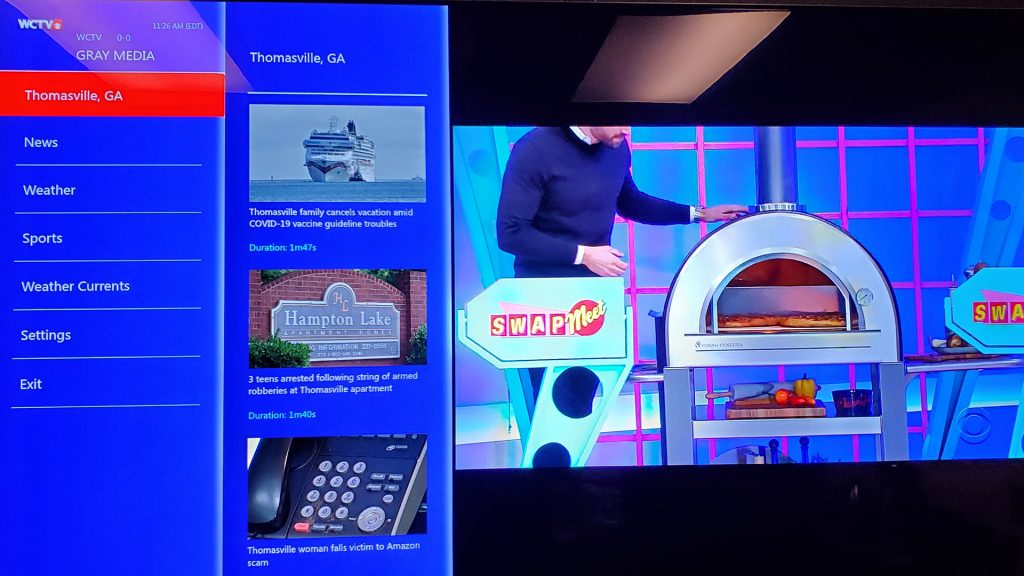
One of the challenges for local TV newsrooms as they embrace the digital age is balancing broadcasting and narrowcasting: one size fits all versus one size fits me. Websites and apps allow for a degree of personalization that TV has never been able to match. But that may be about to change.
“There are challenges because, as you can probably imagine, some things that are important to our folks out in Valdosta may not be as important to our folks all the way here in Leon County,” says Sabrina Fuller, news director at WCTV, a Gray station that’s based in Tallahassee, Florida but also serves Valdosta and Thomasville across the state line in Georgia. “To be able to target a story to folks who live in Thomasville so that it’s at the forefront of what they see — that’s what people crave more and more.”
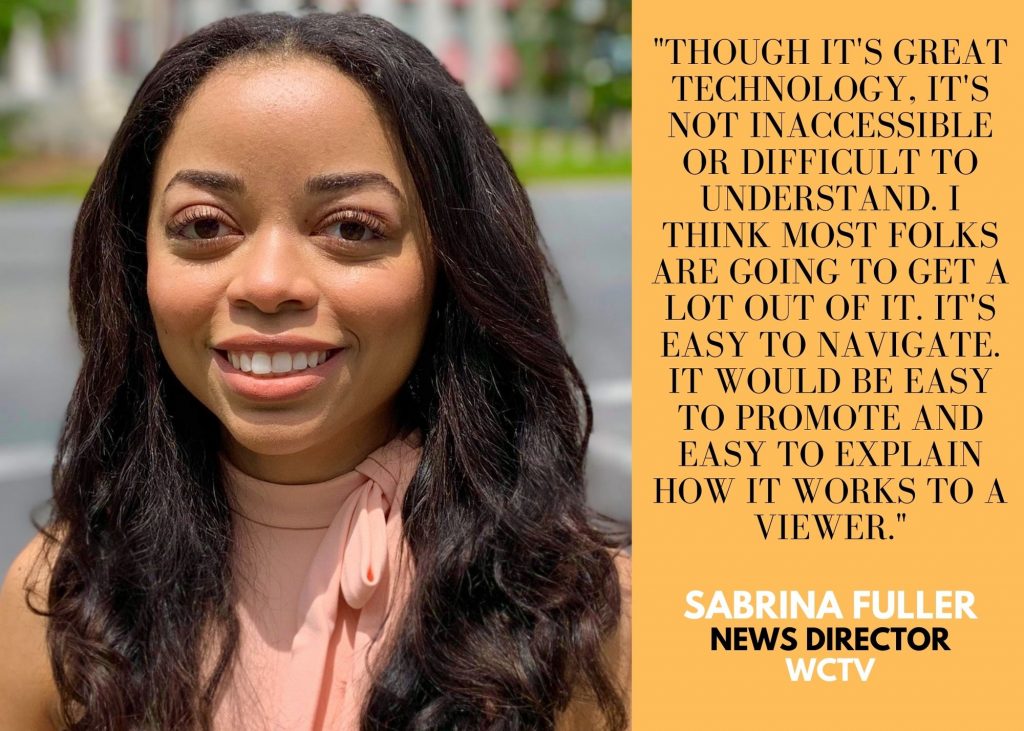
That’s why Fuller’s station is ground zero for a highly experimental technology that allows viewers to integrate hyperlocal stories with the traditional broadcast signal. “What’s happening is, the TV screen is becoming a website,” says Gray Television’s CTO David Burke. “A television set now has a back channel to it: an IP [internet protocol] stream that hits a television set. So you can do a lot of things other than just play video and audio. By default, it knows where you’re located. And now with the user call to action, you can see stories or weather that are geo-local to your location on top of the primary video stream.”
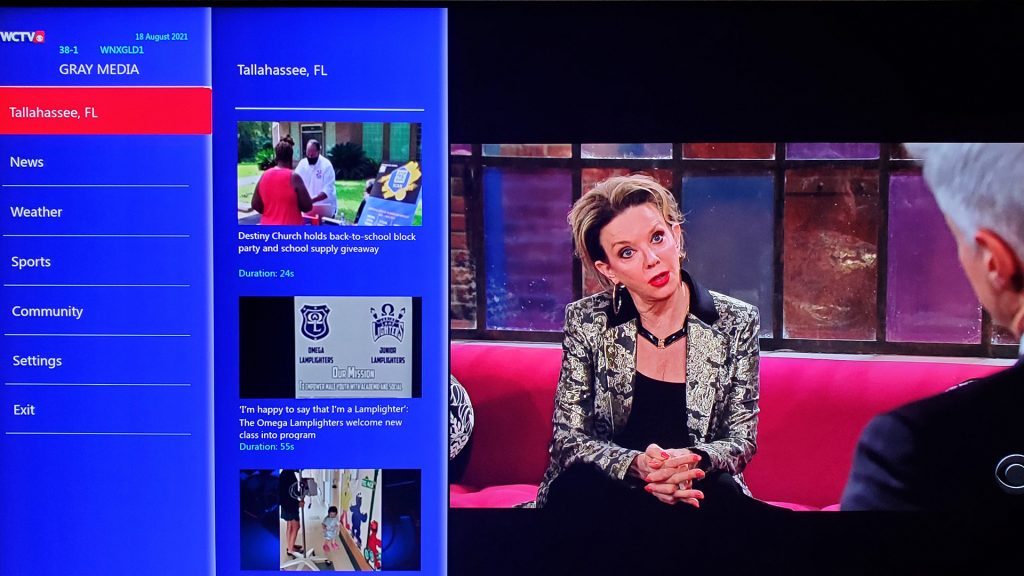
If that sounds like something from the future — it is. Gray is developing and testing what it calls a “broadcaster app” to work with the next broadcast standard: ATSC 3.0, branded by its evangelists as NextGen TV and promising to provide superior video and audio quality plus a lot more. While stations in about 40 markets already transmit a NextGen TV signal — eight Kansas City stations and five Atlanta stations began broadcasting in ATSC 3.0 just this week, according to TVNewsCheck — only about 4% of sets are equipped to receive it, says Burke. Broadcasters are betting on wide adoption by set manufacturers and viewers in the next five to seven years, but right now, WCTV’s broadcaster app is out there where the trains don’t run.
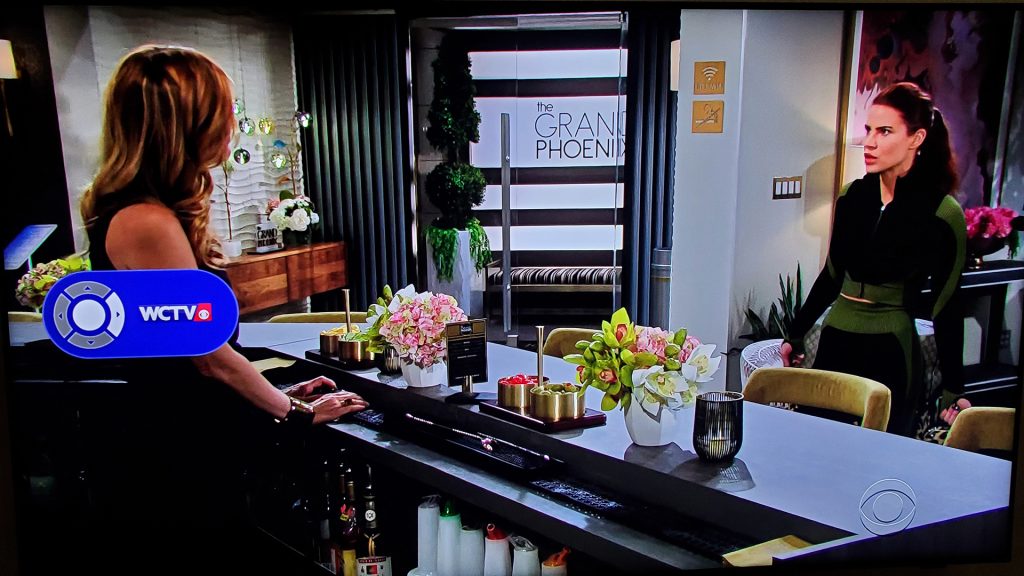
Still, you can see the potential, which I did thanks to a demo from Burke’s colleagues Michael Watson and Peter Gogas. A viewer in Valdosta, say — assuming she has a NextGen-enabled set and an internet connection and is tuned to WCTV’s 3.0 transmitter, cleverly named WNXG — sees a “call to action” button at the side of her broadcast picture and can use her regular TV remote to call up news videos and weather graphics tailored to her zip code. The “second screen” meets the first screen.

“It’s described — and it should be — as a great cutting edge thing,” Fuller says. “But when you actually look at it, you can wrap your mind around it. Though it’s great technology, it’s not inaccessible or difficult to understand. I think most folks are going to get a lot out of it. It’s easy to navigate. It would be easy to promote and easy to explain how it works to a viewer. I think it’s going to appeal to a lot of people in different age groups who want to have these things accessible but are still comfortable with a TV set in the living room.”
All Fuller’s digital producer has to do is tag each video with its relevant location — a process easily integrated into the normal content management system workflow. “Even for folks who are in smaller markets, or have even more limited staff, it’s not like ten extra steps to get the content to where it needs to be,” Fuller says. “You’re basically just checking a box to make sure that it gets tagged to go where it needs to go. So far it’s been pretty easy.”
But while the broadcaster app may be relatively simple for the newsroom and the viewers to use, developing it was not. WCTV started with a framework created by Pearl TV, a consortium of nine broadcast companies collaborating on new TV technology, and a UK-based firm called Yotta Media Labs. Then, a lucky break: Gray SVP Sandy Breland learned of a Knight Foundation program, administered by our very own Cronkite School at ASU, to encourage stations to experiment with new technologies. Breland worked with assistant dean Melanie Asp Alvarez to secure a $50,000 grant to develop the custom app. “They helped jumpstart our whole effort,” Burke says. (Knight also funds this News Lab under a separate grant.)
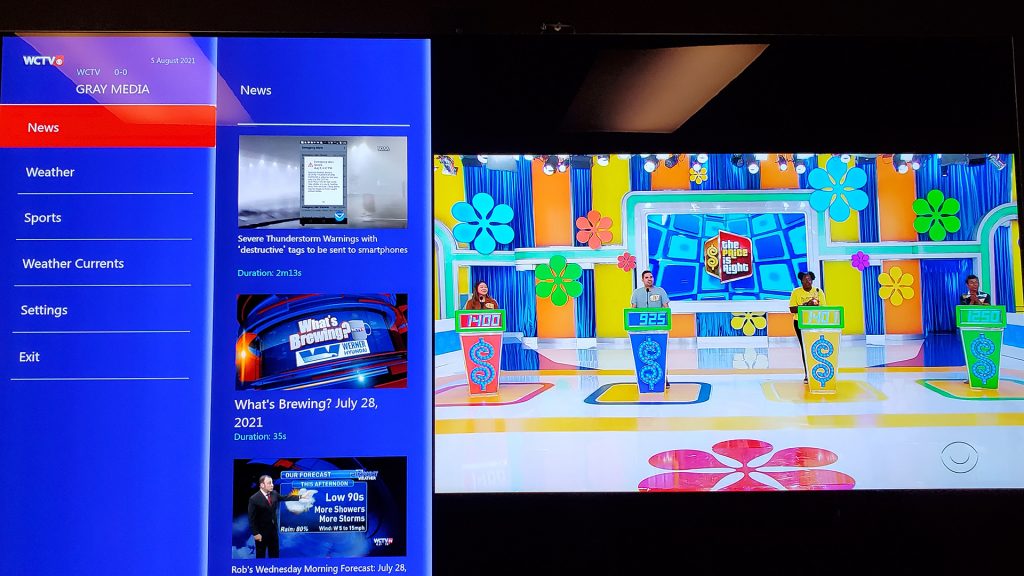
Gray has a strong track record of testing new technology at one station and then rolling it out once it proves successful, as it did with the one-person “digital desk” incubated at Cleveland’s WOIO. So you can be sure versions of the broadcaster app will start popping up in other Gray markets as they build ATSC 3.0 capability. But the Knight/ASU grant, along with the Pearl TV collaboration, means that the company will share what it has learned more broadly.
“[This] approach can now be a blueprint for any TV station,” Burke says. “And part of our deliverable to Arizona State is to document the end to end: This is what a newsroom would have to do. This is what the digital or technology guys would have to do. And then you could replicate this.”
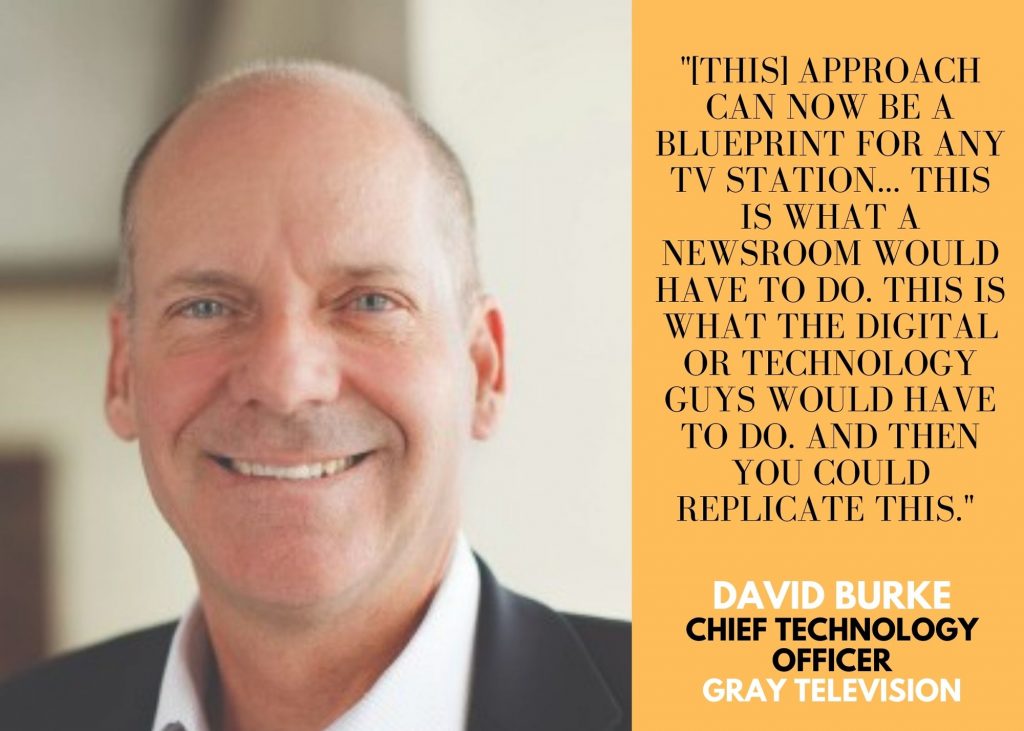
The emerging technology has the potential to deliver all sorts of content, as well as gather valuable data from viewers who elect to use it. It’s also going to be yet another battleground for stations striving to create a uniquely valuable user experience — essentially a new “channel” on a familiar platform. “You’re going to see that this broadcaster app is going to be a competitive point for broadcasters in the market,” Burke says. “How well you develop it, what it looks like, how gee whiz it is.”
One more challenge not just for NextGen TV, but for “NextGen ND” — the smart young news directors who are re-inventing the TV news experience for a new generation of consumers. “I’m excited to see where we go with it, how far we can actually take it,” Fuller says. “It’s a good time to be in the business and to be taking a look at these emerging technologies. It’s fun. It’s just fun.”
Get the Lab Report: The most important stories delivered to your inbox